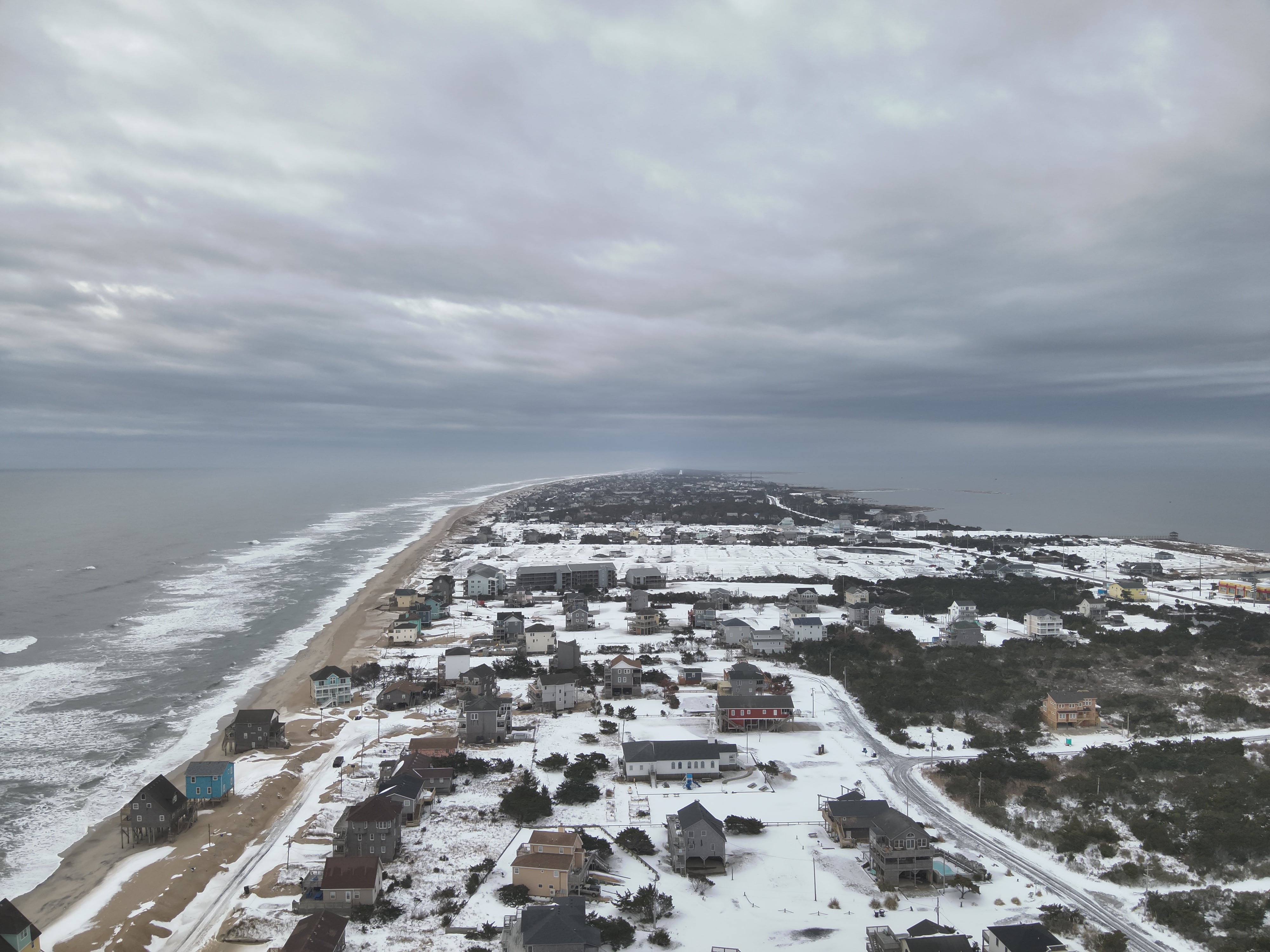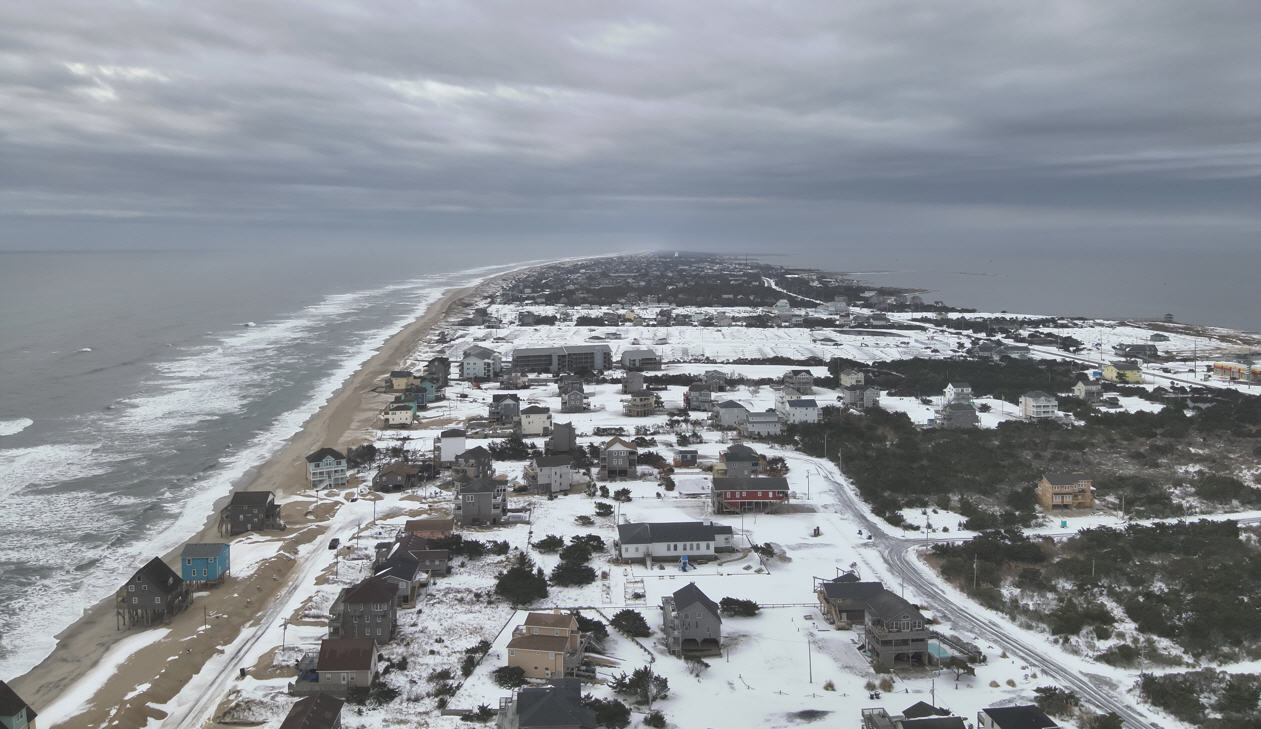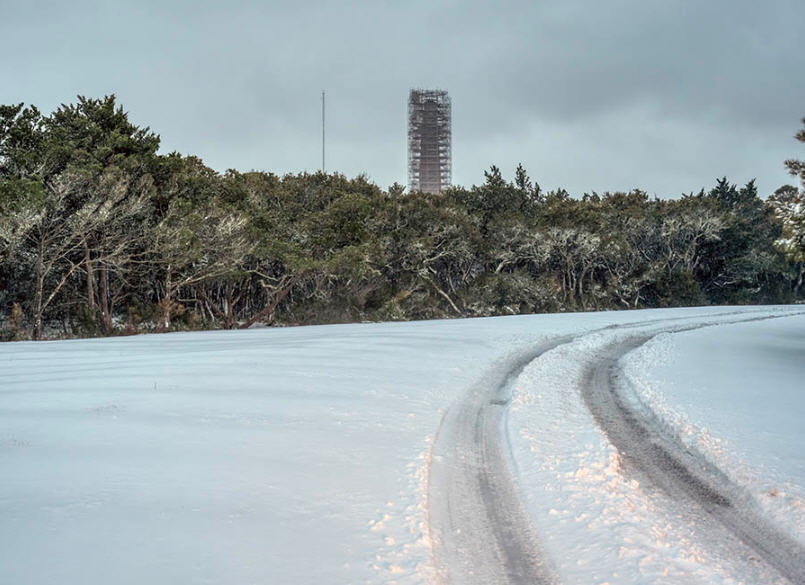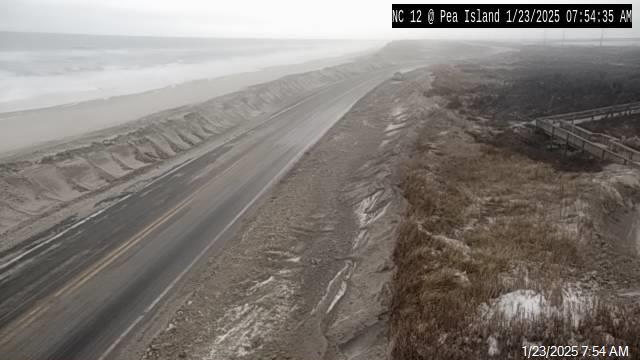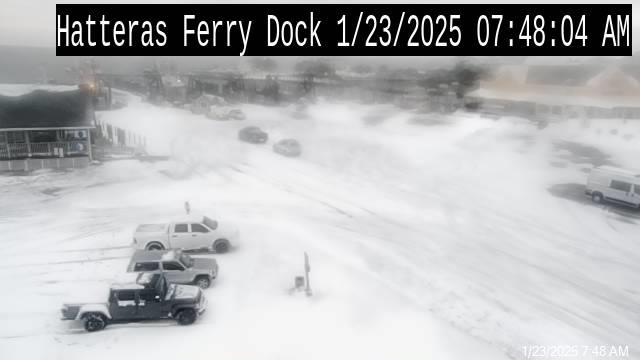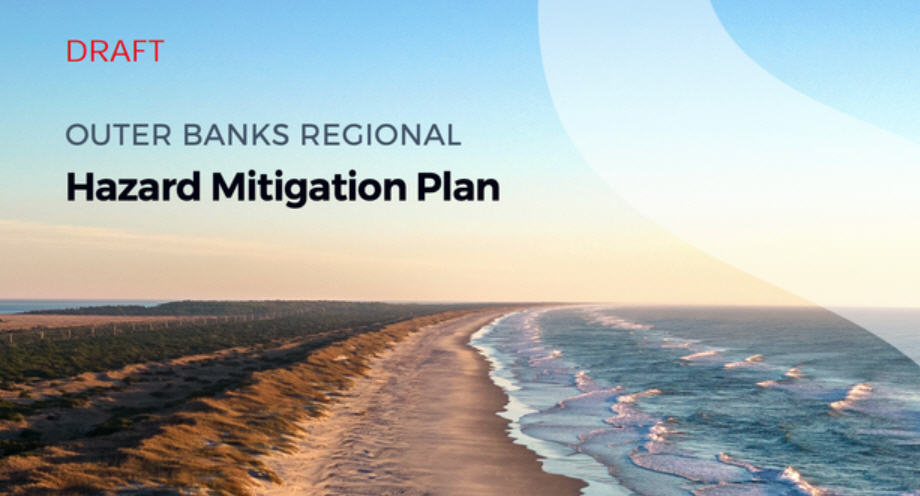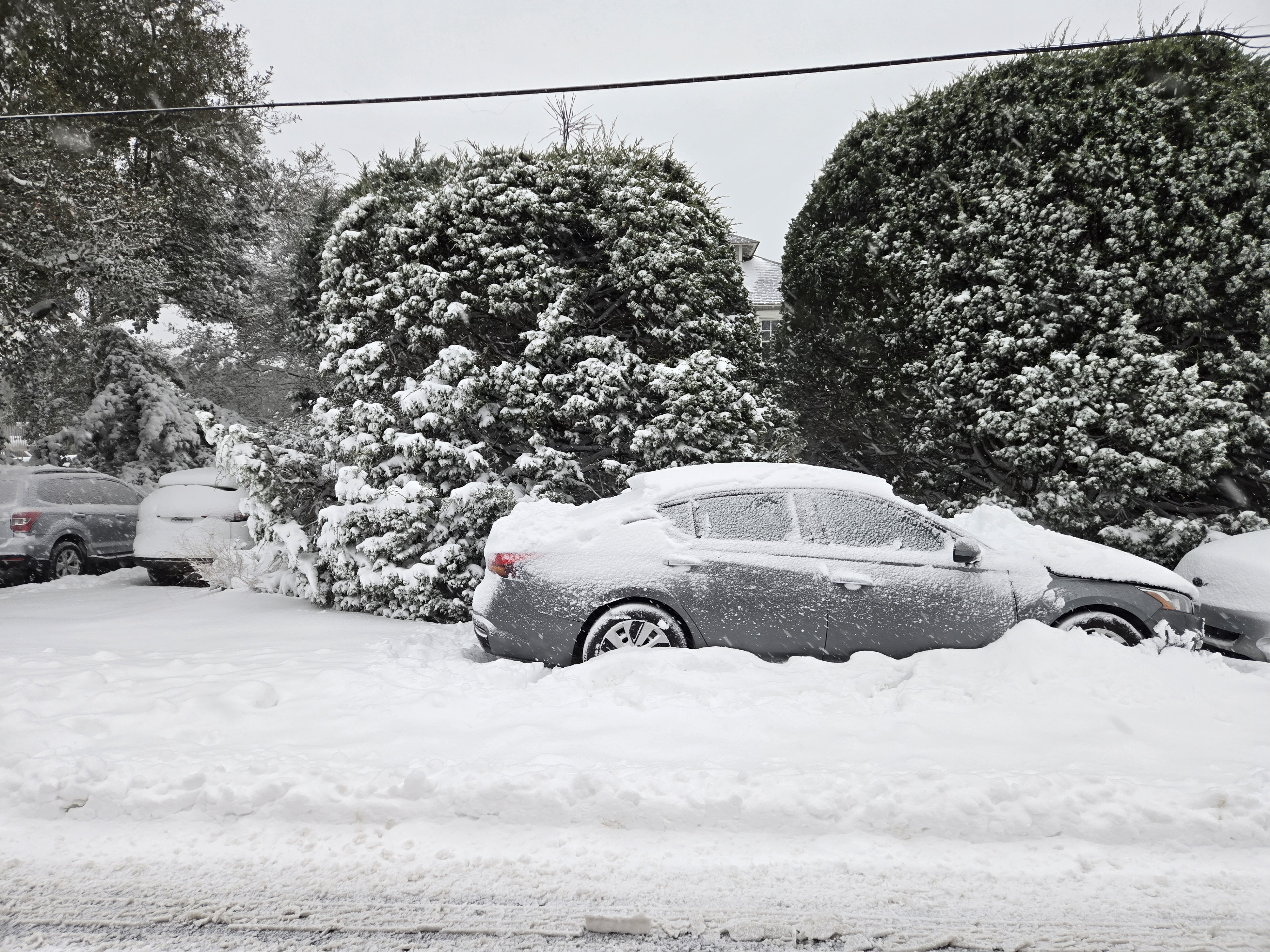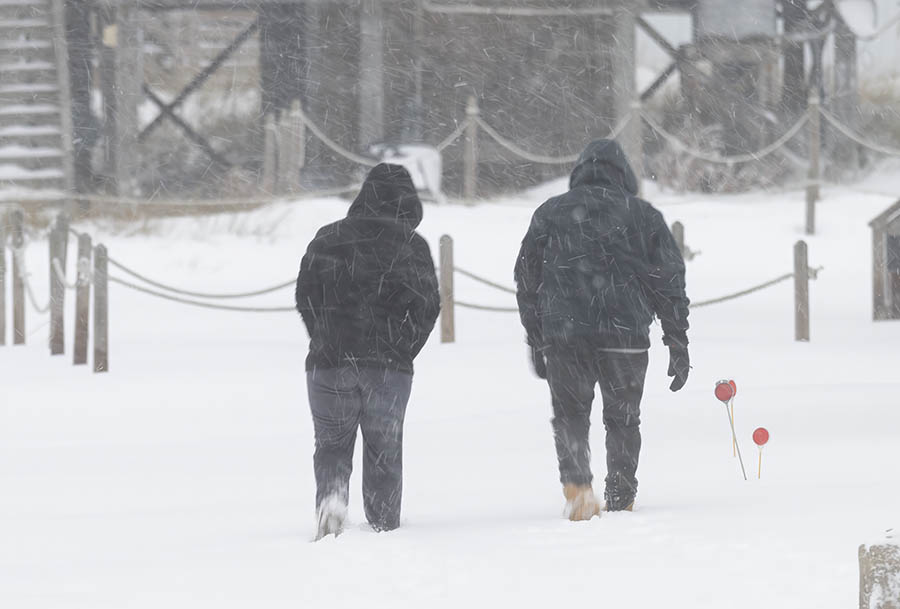Commentary: NPS refusal to drain stormwater is a point of contention for islanders and visitors
Sometimes it seems as though if I sit back and wait long enough, the National Park Service will yet again create a situation, or allow a situation to occur, that boggles the mind. In fact, when it comes to how this region is managed by both NPS and U.S. Fish and Wildlife Service, at least for those of us that pay attention to the details, the reality of same can be staggering.
The other day, during discussions regarding the incredible mosquito outbreak here on Hatteras Island, I was asked by my good friend Kim, a very talented local artist, “Why is it that this seashore is so poorly managed and why does NPS let it fall apart like they do?”
That, of course, is a question I cannot answer because it makes no sense to me either. Cape Hatteras National Seashore Recreational Area was the nation’s first national seashore and to date is the only national seashore recreational area in this vast country we call home. Visitors arrive here from all over the United States, Canada and even Europe. What they find upon arrival is becoming an embarrassment to the people of this nation as it becomes increasingly obvious that NPS doesn’t care for this area and is intent upon the idea of driving humans away from a resource that they have been told by Congress to develop for recreational use as needed.
I think it is a fair assumption that in order to follow the stated direction of congress, NPS would be required to maintain this seashore and its regions for the purpose of recreational use as directed.
As many are aware, at the end of August this year, Hurricane Irene took a long slow voyage through the Pamlico Sound which ended up dumping about six and a half inches of rain here in Buxton, the “elbow” of Hatteras Island. This is the point where the island turns southwest and terminates at Hatteras Inlet, separating Hatteras from Ocracoke Island. Because of the way the storm passed, the southern end of the island fared reasonably well, though our neighbors to the north — Avon, Rodanthe, Waves, and Salvo — were hit with extreme soundside flooding that came with such force it destroyed significant sections of our lifeline, Highway 12, wiped out many homes and businesses, and even broke through or flowed over the oceanside dunes.
What compounded the issue was a low pressure system that, for a time, was stuck on the Great Lakes which drew a significant amount of moisture up from the Gulf of Mexico. Adding insult to injury, another low formed off of the coast of Florida as the front moved east. The result was that Buxton, alone, received more than two feet of rain in one month.
And then came the amazing swarms of mosquitoes, many of which were Asian tiger mosquitoes, known carriers of the West Nile Virus.
An assault by spraying was initiated by Dare County, and it had some effect, but within days another “hatch” would occur and we were back to square one.
What was appalling, and still is, concerns the flooding of the area around the NPS managed campground near Cape Point and the road leading to that area and ramps 43 and 44.
This is not a new issue by any means. It has, in fact, been a point of contention between residents of Hatteras Island, visitors to our incredible resource, and NPS since Hurricane Isabel on Sept. 18, 2003. Many times visitors and residents alike have complained about this consistent flooding to NPS officials, who promptly turn a blind eye to the situation. It has in fact been the subject of many a discussion on various and sundry Internet forums, and yet nothing has been done.
For years, the blame for this ongoing issue has been placed upon the shoulders of Jan DeBlieu who works for the North Carolina Coastal Federation, and stories of lawsuits connected with this flooding and the demise of the maritime forest all seem to have ended up in her lap.
Something just didn’t seem to add up in this explanation, so I took the opportunity to call Ms. DeBlieu so I would have an explanation from “both sides” of the issue. As it turns out, though it can still be said that there are “two sides” to this issue, Jan DeBlieu isn’t one of them. Instead, with no surprise, the other side is the National Park Service.
Since Hurricane Isabel, a once healthy maritime forest has been flooded and essentially destroyed, turning it into a swamp and an obvious haven and breeding ground for mosquitoes. Another side effect of this action has been the inundation of the campground at Cape Point, though now it seems that the latest excuse for not draining the area is, according to seashore Superintendent Mike Murray, “We don’t drain wetlands.” Prior to that, the issue was coliform bacteria, aka E coli, which supposedly prevented responsible management and maintenance of this area. Sometime around 2005-2006, I proposed that NPS either buy or lease a portable water treatment unit which, as I remember, was capable of treating upwards of 6,000 gallons per hour and would have allowed for the safe discharge of fluids either into the sound or the ocean but that, of course, has never been considered.
To give the reader an idea of how serious this problem can become, I present a couple of photos taken after the major rain event and its effects. Credits go to myself and Kim Mosher who took the campground photo.
As you can see, there is a tremendous amount of water here, enough that even the wind can move it with ease. You might also notice in the wake left by the truck, that the color of the water is a “tea brown” caused by rotting vegetation. The part that’s missing is the stench and the inordinate number of mosquitoes that are breeding in these waters and the obvious threat to human health. Not just from the mosquitoes, but from the septic system at the campground, which could easily float, the bacteria contained therein, and the threat to the aquifer that both residents and visitors to this island rely upon for fresh water as our supply comes from the wells established here and not upon water pumped from up north (meaning Nags Head and points beyond).
The blame for this issue is not Jan DeBlieu’s but rests squarely in the lap of NPS. The issue she raised back in 2003 was that NPS had constructed drains to allow disposal of water from the ocean overwash as a result of Hurricane Isabel without applying for an emergency permit from the North Carolina Department of Water Quality. Shortly after Isabel hit the island, Ms. DeBlieu flew over the island to survey the impact and discovered these new drains, then contacted the state to inquire about the permits, which are required by law. As it turns out NPS and then Superintendent Larry Belli had never applied for the permits and had taken matters into their own hands.
The concern, of course, was that significant amounts of E. coli bacteria would be entering the ocean, which could infect fishes and swimmers coming into contact with these waters. NPS also neglected to post warning signs of this hazard, as they are required to do.
As you can see in the photo of drainage in the works, post Isabel in 2003, that’s some rather nasty looking stuff headed south. The drain was one of apparently three cut by NPS to deal with the flooding.
So let’s stop blaming someone who was just doing her job and put the fault where it belongs. What’s happening at the seashore rests clearly within NPS responsibility and, of late, we’ve seen yet another glaring example of the agency’s intentional mismanagement of our trust and the area we gave them to protect.
It’s sadly ironic that NPS claims that they must close vast areas of our recreational area to, as they advertise, “preserve for future generations,” while at the same time, they destroy a maritime forest, which by law they are required to preserve, and so blatantly create and preserve public health hazards that can serve no real purpose other than to drive residents and visitors away from our treasured resource.
The fact is NPS could obtain a permit to drain this area if they applied for an emergency permit from the NCDWQ. Obviously, they’re not interested and would rather drive us away and subject the residents and visitors to potential infections of West Nile Virus — not to mention the damage done by this standing water to vehicles, which by the way, include those driven by NPS as we own them too.
Well, Mr. Murray, you may not drain wetlands that your service created in violation of federal law, but I warrant that you will be hard pressed to define the paved road leading to Cape Point as a wetland. Furthermore, considering the decades of photographic evidence showing this area as being rather dry, especially the road and campground area, I doubt you’ll have much luck there either.
Since neither you nor your propaganda minister, Ms. Holda, seem to be able to properly manage this seashore, might I suggest you apply for a position in Alaska counting polar bears? At least there you could have just about all the “primitive wilderness” you could care to.
Well, I’m done with my rant, but I still can’t answer Kim’s question. Why is the Park Service letting this seashore become so degraded?
(Jeffrey Golding, aka “Wheat,” lives in Buxton and is an advocate for free and open beach access, which is a frequent topic of his blogs on “Wheat’s Eye on Hatteras Island, N.C.” He describes “Wheat’s Eye” as “An ongoing prospective of life on Hatteras Island as well as the destruction of Americas first National Seashore by the court, the Park Service and environmental groups.” You can read more of his blogs at http://wheatseyeonhatterasislandnc.blogspot.com/.)









